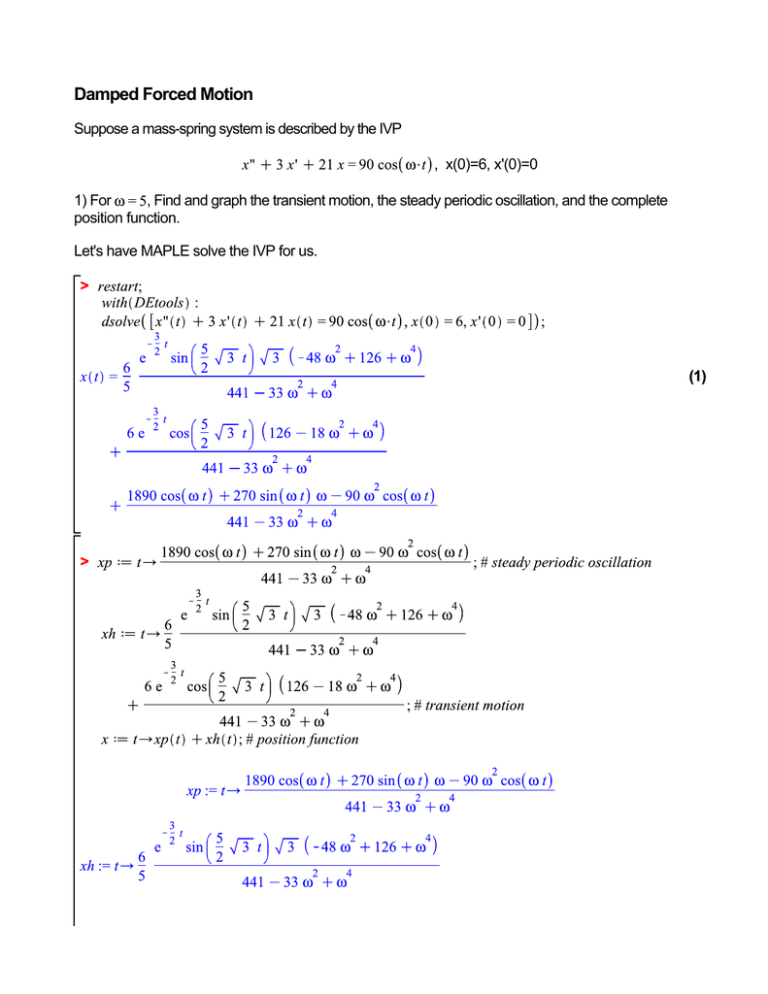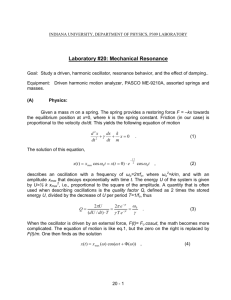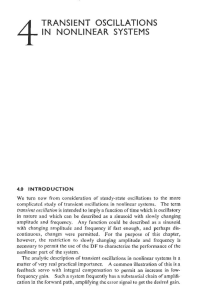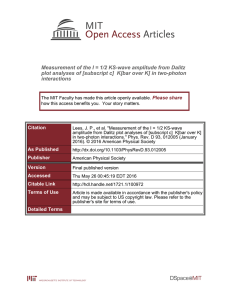Damped Forced Motion
advertisement

Damped Forced Motion Suppose a mass-spring system is described by the IVP , x(0)=6, x'(0)=0 1) For , Find and graph the transient motion, the steady periodic oscillation, and the complete position function. Let's have MAPLE solve the IVP for us. > (1) > (2) (2) > steady periodic oscillation 4 2 0 2 4 6 t > 8 10 transient motion 6 4 2 0 2 4 6 t > 8 10 position function 6 4 2 0 2 4 6 8 10 t > 2) Investigate the possibility of practical resonance for this system by varying . Remember that our steady periodic oscillations are > (3) > Find the amplitude of the steady periodic oscillations. > (4) (4) > (5) > (6) > Now we have the amplitude > as a function of . Let's see what happens as we vary . Amplitude 6 5 4 3 2 0 2 4 6 8 10 w > As you can see the amplitude is greatest when is approximately the natural frequency . Practical resonance may not occur at the natural frequency! In other words, the amplitude may not be largest at . To find out the exact point where the amplitude is largest, we need to find the critical points of as a function of . > (7) > 4.062019202 (8) > From our graph above, we can see that is largest when . Notice that this is close to but NOT exactly the same as the natural frequency. It is possible that there is no pratical resonance. This occurs when there are no nonzero, real critical points for -- that is, the amplitude is largest at and is a decreasing function for . For example, suppose the we had the following amplitude: > (9) > Amplitude 0 2 4 6 8 10 w > In this case, the amplitude is greatest at resonance. and decreases steadily as , so there is no practical







